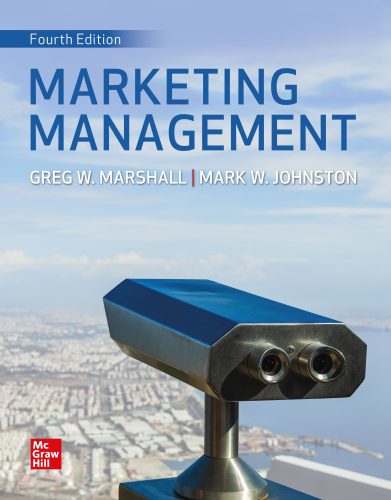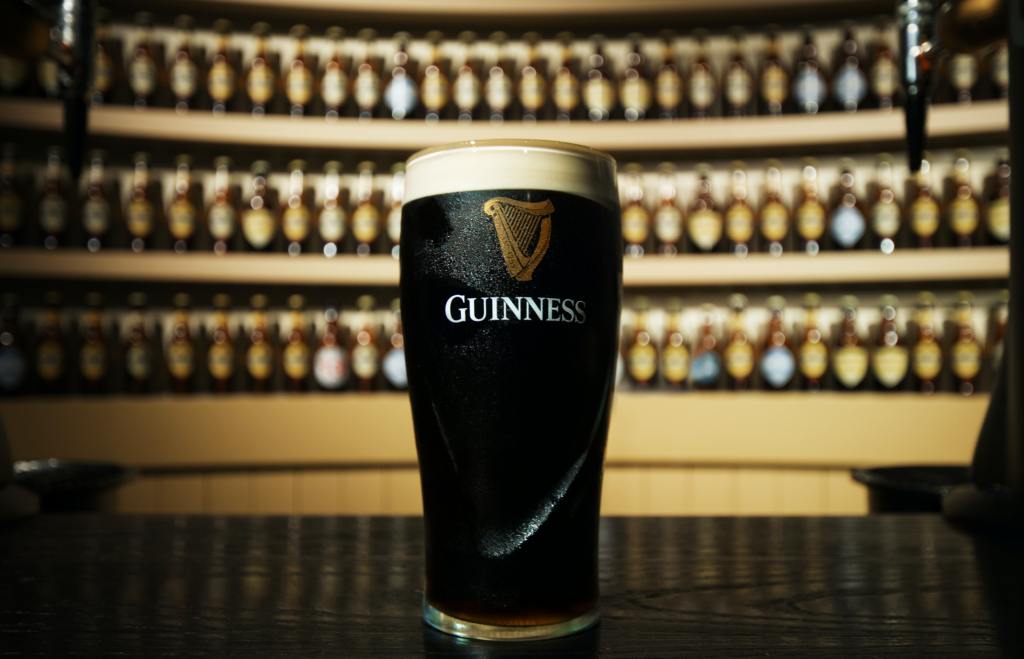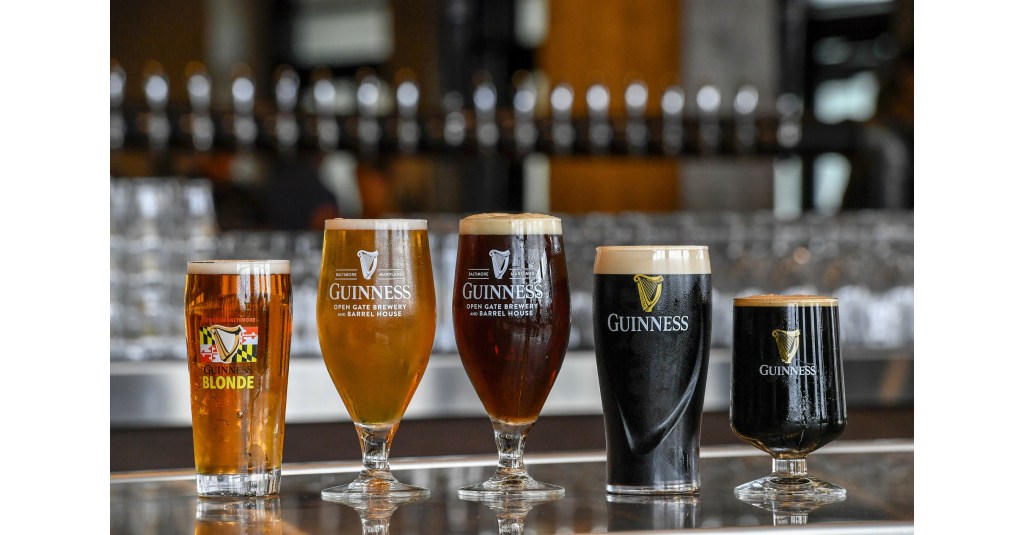Known for their tradition and scientific method to pouring the perfect pint, Guinness has mastered product differentiation and strategy. The successful brand originating from Ireland operates globally, brewed in over 60 countries and available in over 150.i With a diverse range of products, packaging, and labelling, Guinness sets an example to marketing managers promoting consumer products internationally. By adjusting their products to suit the trends and preferences of different markets, Guinness has been able to appeal to a variety of consumer tastes for over 260 years.
Differentiating a product, even one sold only in a local market, can impact the success of a company and their consumers’ experiences. But trying to sell consumer products across multiple countries becomes a particularly difficult challenge that companies struggle to overcome. In fact, many fail. For example, Starbucks, which flourishes in the United States, lost $105 million in Australia in the first 7 years after attempting to keep the same menu and business model in vastly different coffee cultures; the sugary, colorful coffees favored by Americans were a stark contrast to espresso and café culture favored by Australians. ii
Sometimes, differentiation can be developing a single, specific product. In the 1700’s, when founder Arthur Guinness ran production and operations, “the rapid growth of a new beer, ‘porter’, in London resulted in Arthur halting ale production and concentrating on perfecting a bold, black beer.” iii By shifting production focus to match changes in demand in his primary export location, Arthur maintained relevance for his brand and developed a recipe that Guinness still brews today.
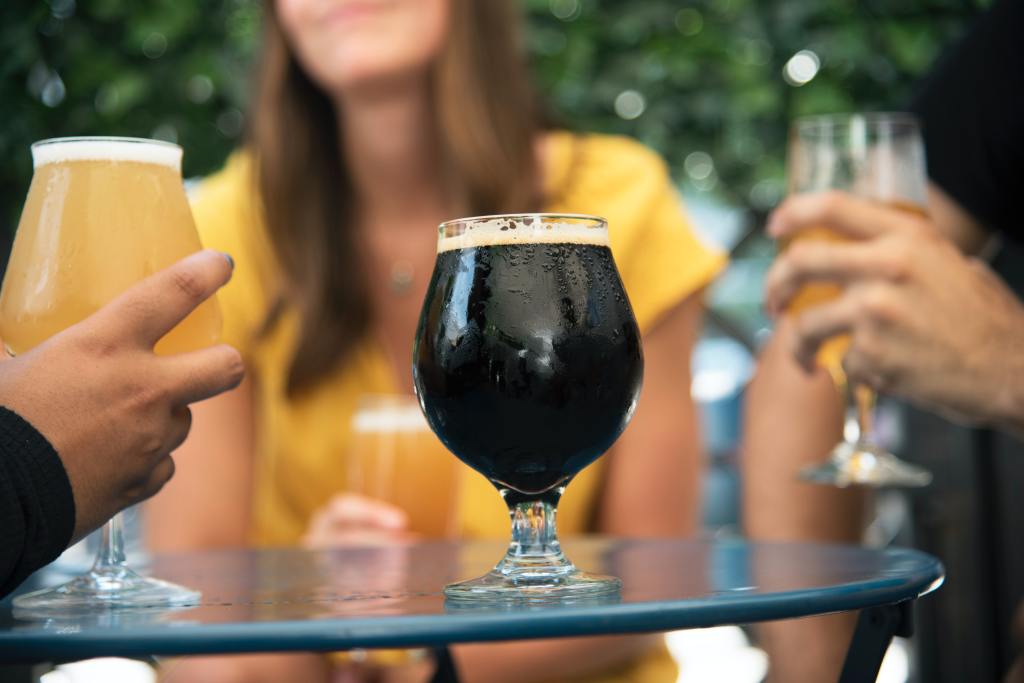
Much of Guinness’s success in the U.S. can be attributed to adjustments in their product line. The Guinness Baltimore Blonde was tailored specifically to American tastes for lighter, citrus flavors: “When we opened up our new brewery in Baltimore in August of 2018, our goal was to combine 260+ years of Guinness brewing experience with American beer creativity. The first item on their list was to re-interpret our flagship American beer, Guinness Baltimore Blonde.” iv Beer is brewed all over the world, but changes in product form suited to different cultural tastes have allowed Guinness to thrive in each market they enter.
While these are changes made to the actual product, Guinness also employs another tactic to differentiation: packaging. Packaging might seem secondary to the product itself, but it is crucial to marketing strategy. Style and form can be manipulated to convey particular messaging about a product and the consumer’s experience with it as well as distinguish two similar products from each other. As the last element communicated to a customer before their purchase decision, packaging has the power to influence a sale.
Guinness has been in operation for hundreds of years. To achieve this, they have remained adaptable: “Although [their core] values have remained constant, the brand’s strategies have evolved over the years to stay relevant as business conditions change.” v In North America and Europe, Guinness products have a more traditional label, bottle, and are typically poured and served in the signature glasses. Packaging in Africa and Asia, on the other hand, tends to be more colorful and modern. These alternations have influenced the brand’s popularity in these vastly different markets.
Guinness has been brewing its beer in Nigeria since 1827. Now, as “the world’s second-largest consumer of Guinness” vi products, Nigeria plays a critical role in their operations and revenue sources. Guinness adjusts the color of their packaging to appeal to “African markets which are often a younger, vibrant demographic … looking for modern labelling.” vii Below are examples of Guinness’s Africa Special Stout and Foreign Extra Stout sold in Nigeria.
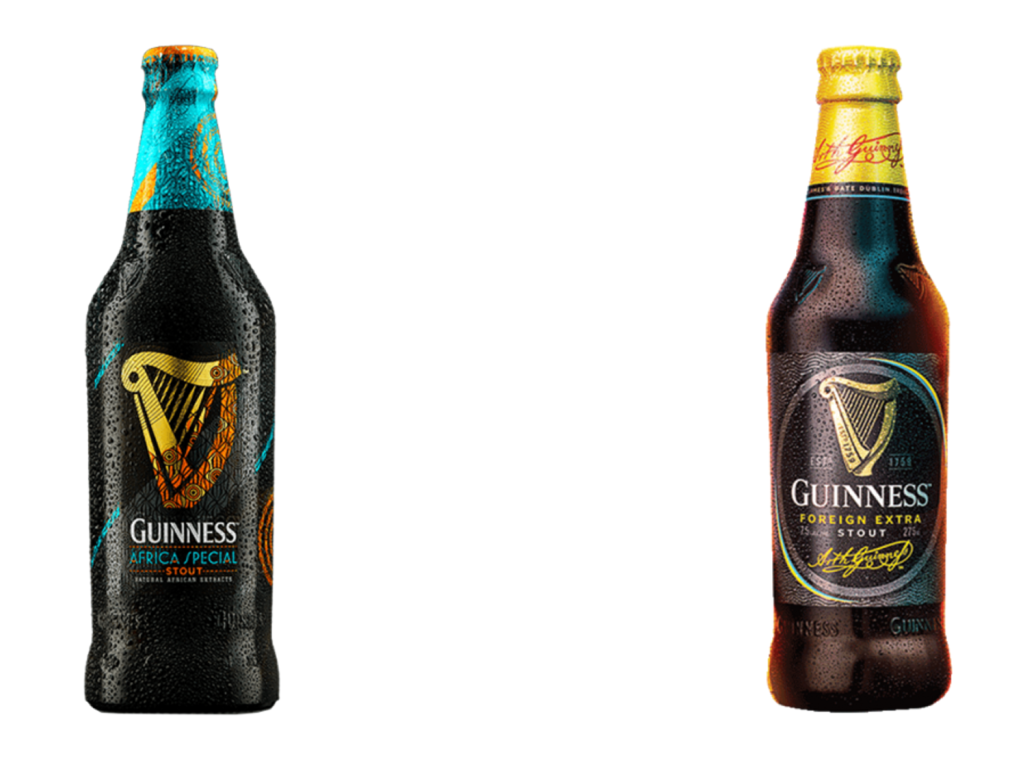
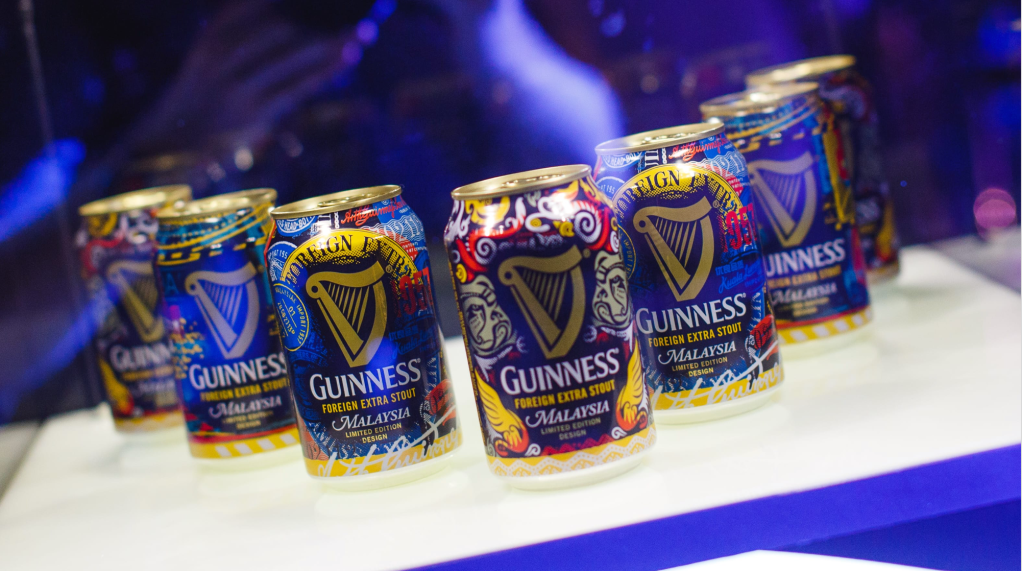
“Guinness marks half a century of brewing beer in Malaysia with three beautifully conceived, limited-edition designs for Foreign Extra Stout, inspired by the country’s vibrant culture and history” viii
Lastly, a discussion of Guinness strategy cannot be complete without mention of one of their iconic slogans and television advertisements. The perfect pint of Guinness Draught achieved by a slow pour at a 45-degree angle was promoted through the slogan, “Good things come to those who wait” in a 1998 ad. It became “a multiple award-winning commercial that got the number-one spot out of 100 in a lineup of the greatest TV ads of all time.” ix
Watch the advertisement here:
Guinness developed the 6 steps of pouring the perfect pint to provide consumers with the ideal experience enjoying their products x and, subsequently, to distinguish themselves from the many other beer brands out there. From the science behind the pour to the gold harp stamped on their products, Guinness has set themselves apart through unique branding, product differentiation, and market adaptability.
Questions marketing managers would consider:
- What are some strategies Guinness can use to continue being innovative in their advertising or packaging?
- This article discusses a lot of advantages to product differentiation. Are there any circumstances where product or package discrepancies would be negative?
- Can you think of another example of a company that has taken an easily replicable product and made it unique through form and style of packaging or product experience?
- If your company wanted to expand operations internationally, what factors might you consider?
References
i Diageo. (4 August 2017). Tale of the ale: A brief history of Guinness around the world. https://www.diageo.com/en/news-and-media/features/tale-of-the-ale-a-brief-history-of-guinness-around-the-world/
ii CNBC. (26 July 2018). Why Starbucks Failed in Australia. YouTube. https://www.youtube.com/watch?v=_FGUkxn5kZQ
iii Diageo. (4 August 2017). Tale of the ale: A brief history of Guinness around the world. https://www.diageo.com/en/news-and-media/features/tale-of-the-ale-a-brief-history-of-guinness-around-the-world/
iv Guinness & Co. (2018). Guinness Baltimore Blonde. https://www.guinness.com/en-us/our-beers/guinness-baltimore-blonde/?ds_e=GOOGLE&ds_c=30000328_Beer_GUNE_GUINEB_SA3_GADW_USA_NU_BMC_AO_SEAH_PSEAC_TEAD_NU_ALBOS_NAT_NU_CPC_NU_KEW_A21%2B_CXD_EN_BM_BRAD&ds_k=%2Bguinness+%2Bbeer&gclid=CjwKCAiA0KmPBhBqEiwAJqKK4_zSsS6bc1wysI9ziNGiuiFJXSbfpt6ZkTSEtaaD8Vrew0oLK-oHlhoC2ZEQAvD_BwE&gclsrc=aw.ds
v Deloitte. (20 October 2019). Guinness Taps a Timeless Brand Strategy. The Wall Street Journal. https://deloitte.wsj.com/articles/guinness-taps-atimeless-brand-strategy-01571619728
vi AR Metallizing. (2022). Why did Guinness choose AR Metallizing’s paper for their iconic Nigerian labels? A Nissha Company. https://www.armetallizing.com/en/why-did-guinness-choose-ar-metallizings-paper-their-iconic-nigerian-labels
vii AR Metallizing. (2022). Why did Guinness choose AR Metallizing’s paper for their iconic Nigerian labels? A Nissha Company. https://www.armetallizing.com/en/why-did-guinness-choose-ar-metallizings-paper-their-iconic-nigerian-labels
viii Guinness & Co. (2018). The History of Guinness: Our Story. https://www.guinness.com/en-us/our-story/
ix Guinness & Co. (2018). Guinness Surfer: A New Wave of Advertising. https://www.guinness.com/en-us/commercials/guinness-surfer-tv-ad-article/
x Kundu, S. (11 March 2016). The Science Behind Pouring the Perfect Pint Of Guinness. Forbes. https://www.forbes.com/sites/sujatakundu/2016/03/11/the-science-behind-pouring-the-perfect-pint-of-guinness/?sh=3201c1e6229b
